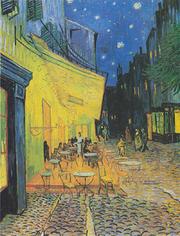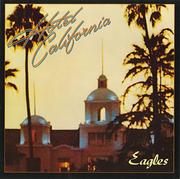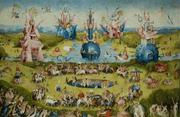Matryoshka Nesting Dolls: Meaning of Russian Wooden Stacking Doll
BY K Shabi PUBLISHED 30 Jan 2015
What is the meaning of the Matryoshka stacking nesting doll from Russia? Typically painted to look like a traditional Russian woman or "babushka," these wooden stackable dolls are a very popular Russian souvenir and over time have even become a symbol of the Eastern European country itself. Learn facts about the Matryoshka stacking dolls' meaning and history.

What is a Russian Matryoshka doll?
A Matryoshka nesting doll is a set of typically seven wooden dolls of decreasing sizes that all fit inside of each other, one by one. Each stacking doll splits in half at the mid section and opens to reveal another smaller doll nested within. The traditional Matryoshka doll is usually round in shape and decoratively painted to resemble a pretty young faced peasant woman dressed or bundled up in an extravagant sarafan costume, a loose fitting traditional Russian garment. The head of the stacking doll is usually also covered, perhaps to protect her from the cold weather characteristic of Russia's notoriously harsh, long winters.
Matryoshka Carved Wooden Stacking Dolls History & Origins
In 1890, the first Matryoshka doll was designed and painted by Sergey Malyutin and carved from wood by Vasily Zvyozdochkin. Malyutin and Zvyozdochkin were both Russian folk artists living under the patronage of the wealthy industrialist Savva Mamontov on the renowned Abramtsevo estate. Located north of Moscow, the Abramtsevo colony has continued to be a famous center for Slavic culture and folk art since the nineteenth century. Matryoshka dolls received global exposure in 1900 after Mamontov's wife presented them at the Exposition Universelle world's fair in Paris where they won the bronze metal.

Chinese Boxes & Japanese Nesting Dolls
Though the Russian Matryoshka doll was designed and created at the Abramtsevo colony in 1890, the nesting doll concept was popular in China and Japan long before Malyutin and Zvyozdochkin were inspired to put a new spin on it at the Abramtsevo estate. Chinese nesting dolls have been around since the eighteenth century, but nesting boxes were made in China as early as 1000AD. The nesting doll concept soon afterward spread into Japan in the form of the Fukuruma, a doll honoring Fukurokuju, the god of happiness in Japanese mythology.
Nesting Doll Meaning & Theories
So why does the nesting doll continue to intrigue and fascinate people from different cultures? Academics and literary theorists have noticed that there is something classic about the idea of the nesting doll and the concept of an object emerging from within a similar, larger object, whether it be the layer peeled from an onion or a little baby being born from the body of his or her mother. For this reason, the nesting doll plays a part in advanced academic theories and principles including recursion, mise-en-abyme, design paradigms, fractals and more.
Russian Matryoshka Doll Meaning
What is the meaning behind the Russian Matryoshka doll in particular? In Russian, the word matryoshka literally means "little matron" and is also a familiar shortening of the common name Matryona or Matriosha, popular names among the female peasantry of old Russia. The Latin root word of Matryoshka is mater, which means "mother." Motherhood, family and fertility all influence the meaning and significance of the Russian nested doll. Having a large and close knit family is common and even important in traditional Russian culture, with many generations and extended relatives playing an active role in the family dynamic, including grandparents, aunts, uncles and cousins. The Matryoshka doll is a symbol of the Russian babushka, a strong female matriarch and a central figure in the Russian family.
Russian Stacking Doll: Symbol of Motherhood, Fertility & Family
The shape of the Matryoshka doll is wide and full figured, much like the body of a woman who has given birth to many children. It can even be said that the Matryoshka doll's shape is round and elongated like an egg, a popular symbol of fertility and reproduction since ancient times. Like an egg, out of the Matryoshka stacking doll life emerges in symbolic form. The biggest nesting doll births the smaller ones, just as the grandmother or babushka gives life to the younger generations of her family, symbolized through the full family of stacking dolls of decreasing sizes.
Painted Wooden Matryoshka Dolls
Nesting dolls have different meanings in different cultures. In Russia, the wooden Matryoshka dolls traditionally represented family and motherhood, but over time the toy's meaning and significance has expanded to cover different themes and stories. Some Matryoshka stacking dolls pay homage to Soviet political history and emulate famous Soviet communist politicians such as Josef Stalin or Mikhail Gorbachev. Other Matryoshka doll sets tell stories and fairy tales. For instance, the stacking doll featured above illustrates the life of a morning glory flower blooming and then closing. Whether honoring female contributions to the family dynamic or commemorating Russian history, Matryoshka dolls are one of the best souvenirs to buy in the former USSR and have grown to become a symbol of mother Russia herself.







